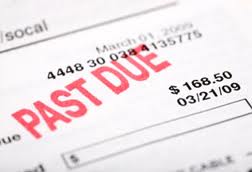
Consumer debtors routinely have various related difficulties with mortgages following the filing of a Chapter 7 bankruptcy. Unfortunately, the first thought is that the bankruptcy attorney messed up when that really is not the case. They think the attorney put the home into the bankruptcy when it was meant to be left out. However, all debt and assets must be listed and included for disclosure purpose in a bankruptcy. Debtors who want to keep their home, have a choice to reaffirm the debt by signing a Reaffirmation Agreement or by simply continuing to make monthly payments. In most cases, it is advantageous for a debtor not to reaffirm a mortgage debt, but rather just continue to maintain payments, particularly when the home is under water and no equity exists in the property. If they reaffirmed the debt and eventually had to give up the house because they moved to take another job for instance, they would be back on the hook for the mortgage debt.
So what kind of problems come up when a debtor does not formally reaffirm the debt in bankruptcy, but their intention is to keep the property and continue making payments:
- Whether or not a reaffirmation of a mortgage is required
 Reboot Your Life: Tampa Student Loan and Bankruptcy Attorney Blog
Reboot Your Life: Tampa Student Loan and Bankruptcy Attorney Blog







